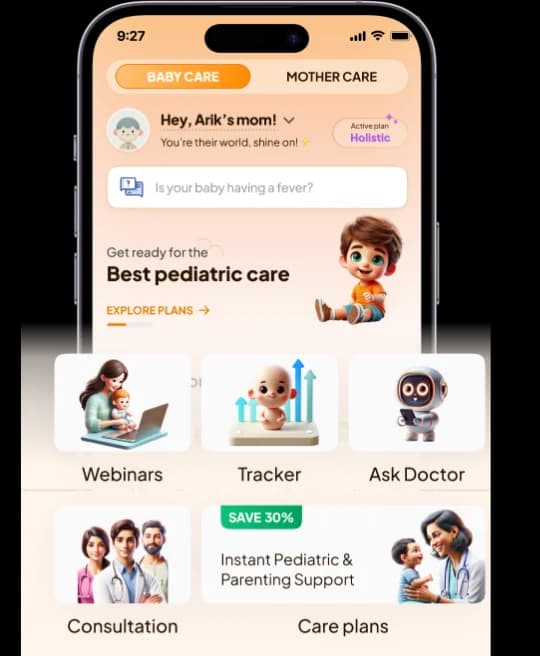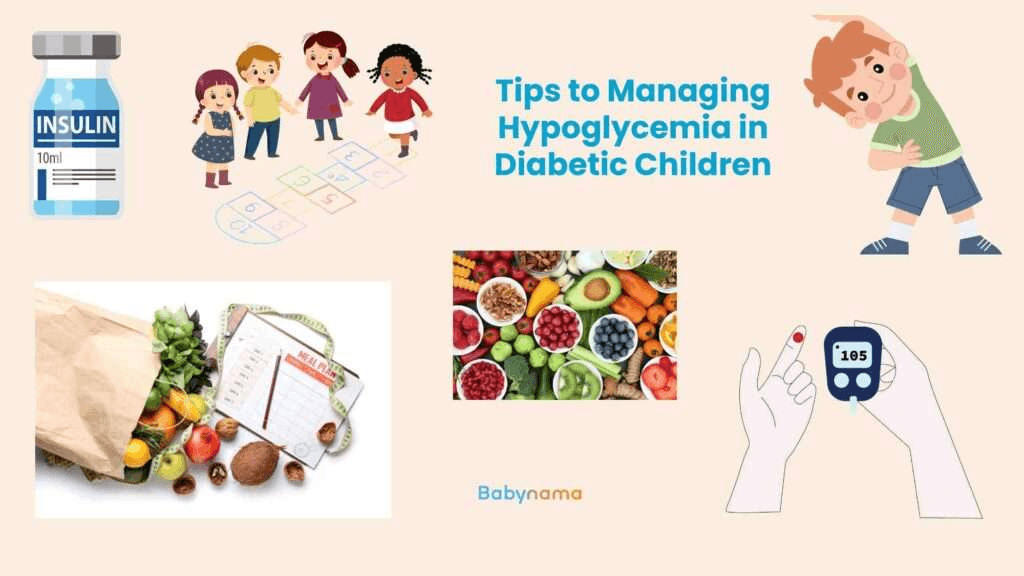
Did you know that according to the restless legs syndrome foundation, 1.5 million children and adolescents suffer from RLS?
Do you know that 35% of RLS patients report that their symptoms started before 20?
Silent thieves target children every night, increasing the risk of mental health issues like depression and ADHD in irritable and unfocused kids. Restless Legs Syndrome makes it hard to fall and stay asleep. Let’s delve into Restless Legs Syndrome in children.
What Is Restless Leg Syndrome (RLS)?
Restless Leg Syndrome (RLS), also called Willis-Ekbom disease, is a sleep disorder that affects kids and teens. The National Institutes of Health (NIH) explains that it causes an uncontrollable urge to move the legs, which can occur after extended periods of immobility, like during long car rides or watching a movie.
Risk Factors
While it’s not clear if any of these things cause RLS, certain factors may increase the risk of developing it:
- Gender: Women are twice as likely to have RLS as men.
- Age: RLS can develop at any age, but it’s more common and severe in middle age.
- Genetics: RLS runs in families, so you’re more likely to get it if a family member has it.
- Pregnancy: Some women experience RLS during pregnancy, especially in the last three months, but it usually goes away after delivery.
- Drugs: Some medications, such as antinausea, antipsychotics, antidepressants, and antihistamines, can cause or worsen RLS symptoms.
- Chronic diseases: Conditions like peripheral neuropathy, diabetes, and kidney failure can trigger RLS. Treating the underlying cause may alleviate symptoms.
RLS can impact overall health and quality of life. If left untreated and resulting in long-term sleep deprivation, it may increase the risk of depression, diabetes, heart disease, kidney disease, and stroke.
Causes






